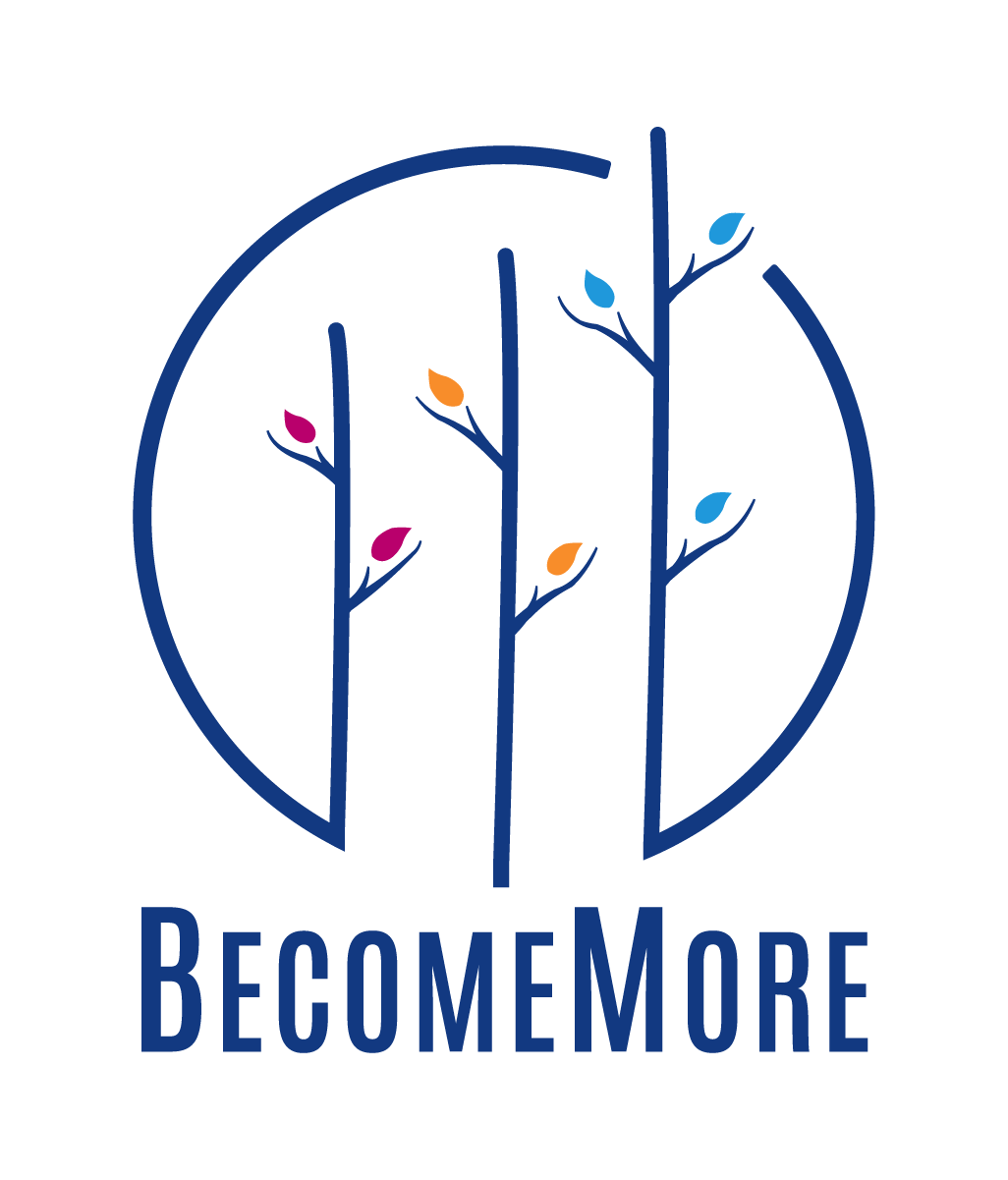1 min read
Don't Panic, Plan: Why We Need to Think Before We React to Change
![]() Scott Burgmeyer
:
7/23/24 3:52 PM
Scott Burgmeyer
:
7/23/24 3:52 PM

Change. It's a word that can trigger excitement, nervousness, or even full-blown panic. In every single sector I work with, change seems constant, bombarding us from every direction—from work deadlines to personal life updates. But when change finds you, before you jump to conclusions or let negativity take hold, I encourage you to take a deep breath and think it through.
Why? Because overreacting to change often leads to poor decisions with negative consequences. I'm seeing this right now, in fact, with one of our clients. A big organizational change was announced late last year, and a handful of people are being pretty vocal about their objections. Their reactions weaken the organization and make leadership question whether the nay-sayers can contribute to the new direction. I don't think that's what they intend, but those are the negative consequences of their too-quick reactions.
Here's how taking a moment to process change can benefit you:
- Improved Decision Making: Jumping to conclusions clouds judgement. Analyzing the situation allows you to gather information, consider options, and make well-informed choices.
- Reduced Stress: The initial shock of change can lead to stress and anxiety. Taking a step back allows your body and mind to calm down, enabling you to approach the situation more rationally.
- Increased Adaptability: The ability to adapt is key to success in a world filled with change. By thinking through the implications of the change and your actions, you can develop strategies to adjust and even thrive in the new environment.
- Enhanced Problem Solving: Change often presents challenges. Taking a moment to analyze the situation allows you to identify potential problems and develop solutions before they escalate.
Now, thinking it through doesn't mean dwelling on the negative. The key is to get aligned quickly. This means understanding the change, how it might impact you, and then proactively developing a plan to navigate it.
Think of it like this: If you see a storm cloud approaching, you wouldn't just stand there and get soaked. You'd grab an umbrella or seek shelter. Getting aligned with change is taking similar preventative measures to ensure you're prepared for whatever comes your way.
So, the next time change throws you a curveball, resist the urge to overreact. Take a breath, analyze the situation, and get aligned. By thinking before you act, you'll be better equipped to make informed decisions and navigate change with confidence.
Image by Gerd Altmann from Pixabay

